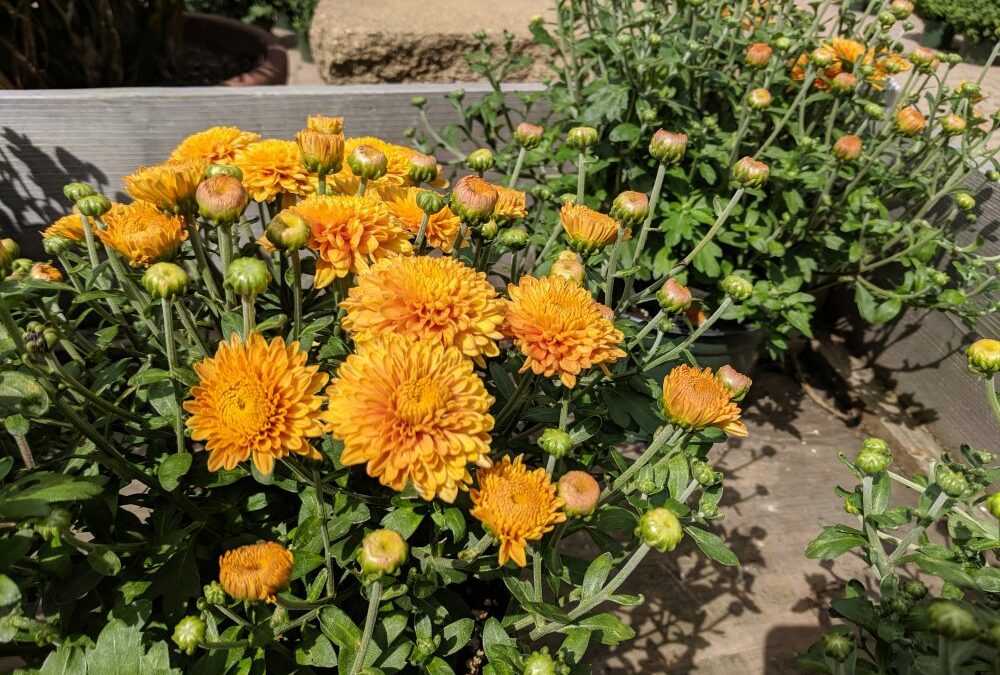
by Drummers Garden Center | Jul 18, 2023 | Garden Planning, Perennials
In this Elements of Landscape Design Series post we are focusing on landscape design using perennials to accomplish your landscape vision. Incorporating perennials into a garden is a wonderful way to add beauty, diversity, and longevity to your outdoor space....

by Drummers Garden Center | Jun 13, 2022 | Garden Planning, Perennials
Support for pollinators is a joint effort – a partnership. As of July 2022 Monarchs are now at critically low populations. As a flagship pollinator – one that attracts attention because of it’s beautiful colors and easier tracking methods – this news is a wake...

by Drummers Garden Center | Sep 2, 2021 | Perennials, Shrubs, Trees, Winter, Yard & Garden Care
Fall is the second-best time to plant – with some saying it’s the best! We typically have late-summer and fall sales. Check out current plant sales here. GARLIC Garlic is one of the easiest to crops to grow. Garlic is planted in the fall late September or early...

by Drummers Garden Center | Jun 3, 2021 | Garden Planning, Landscape Design, Perennials
When it comes to plants, reliable is a characteristic we love! This is our top 8 ‘tough as nails’ perennials that will come back every year and tolerate a wide array of conditions. We would like to mention, even though they are tough, it doesn’t...

by Drummers Garden Center | Aug 14, 2020 | Fall Blooms, Landscape Design, Perennials, Shrubs, Trees
Discover beautiful fall shrubs for your garden now! We can help you choose plants with amazing autumn colors. Don’t wait, add these shrubs and keep the colors going all the way to the snowfall! Tiger Eyes® Cutleaf Staghorn Sumac This sumac grows about 6′...

by Drummers Garden Center | Aug 11, 2019 | Fall Blooms, Landscape Design, Perennials, Yard & Garden Care
Bright red, pink, yellow, white, purple, golden orange, copper, cream…you will find a large variety of perennial Mum flower colors! Thanks to the University of Minnesota’s Mum breeding program beginning in the 1920’s we now have perennial Mums that...







